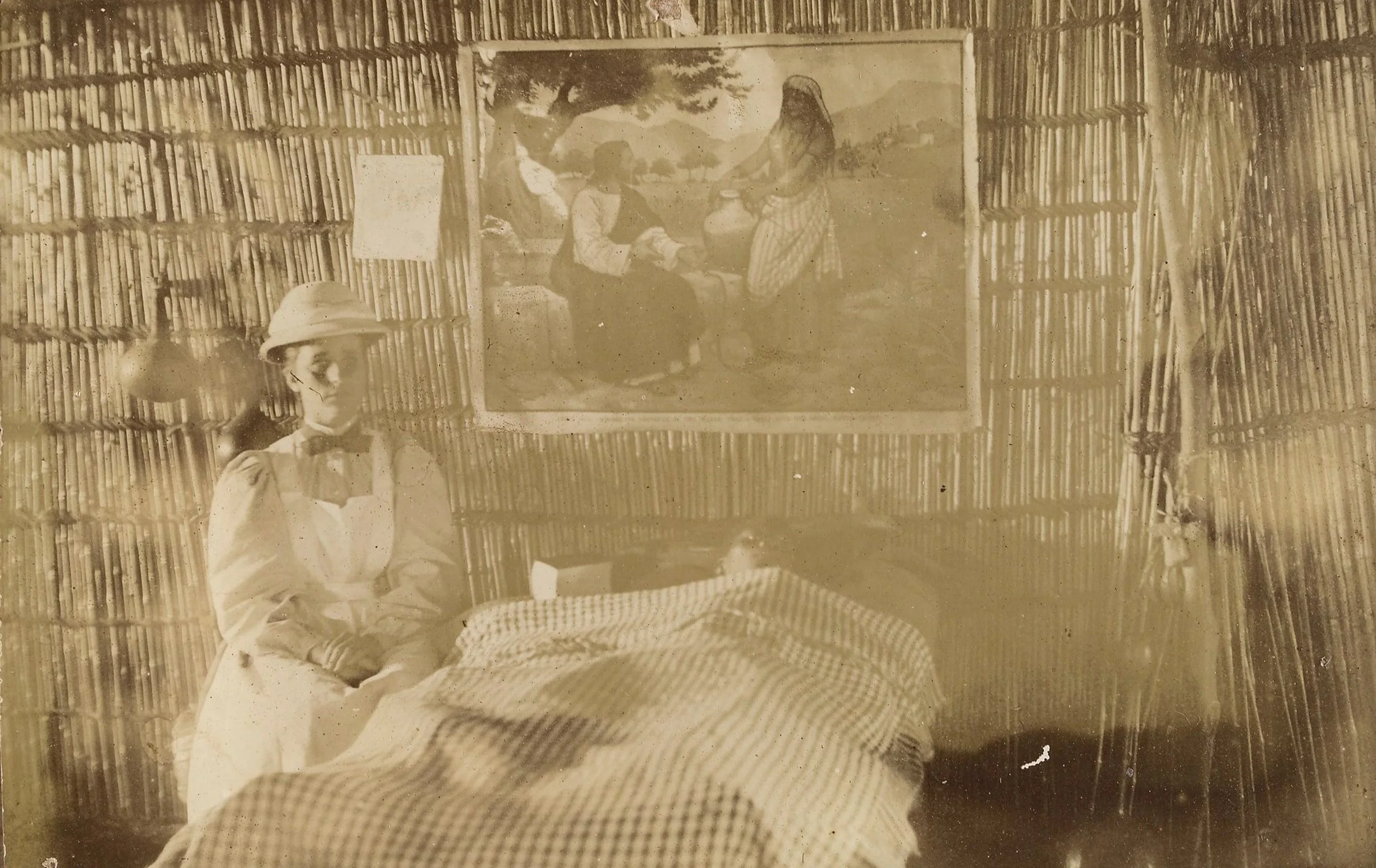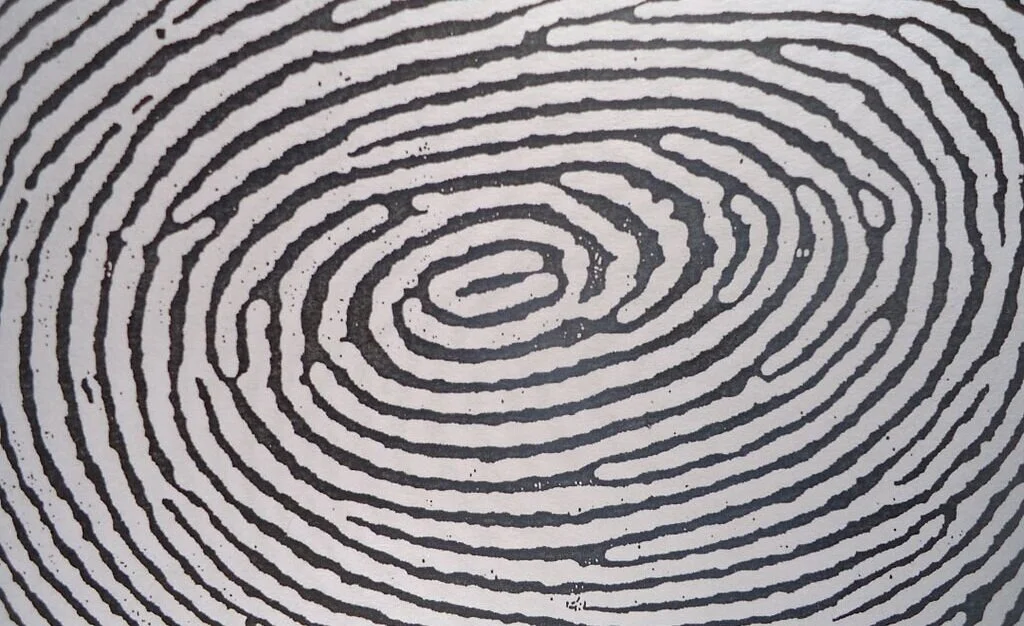The Queens of Chemistry in Ancient Assyria
The term “chemist” brings to mind a select few images. Perhaps chief among them are Walter White in “Breaking Bad” or a frizzy-haired man in a white coat bent over a smoke-emitting beaker. But the first named chemist in recorded history was arguably a woman called Tapputi-belet-ekallim. A perfume maker in ancient Assyria, Tapputi created aromatics for the royal palace and dictated recipes for posterity.
References to unnamed female perfume makers appear in ancient Near Eastern archives dating back to the 1700 BCE. They pop up in the famed administrative and diplomatic archives of the Syrian city of Mari. However, it isn’t until the Middle Assyrian period (c. 1365-1076 BCE) that we have extant records explicitly naming these women.
During the Middle Assyrian period, Assyrian kings reigned from their capital of Assur. The city shared its name with the Assyrians’ patron god and was home to the important Assur Temple. The temple’s southwestern courtyard held deposited caches of clay tablets dating to the reign of Tukulti-Ninurta I (reigned c. 1243-1207 BCE). In his work on Bronze Age Assyrian writing, Assyriologist Nicholas Postgate notes that many of these texts were didactic in function, passing on knowledge from experts for posterity. These texts, baked clay tablets inscribed with cuneiform script, include lists of Middle Assyrian laws, instructions on training horses, and recipes to make perfumed oils.
“The first known recipe attributed to a woman, Tapputi-belet-ekallim the perfume maker, dates to approximately 1239 BCE.”
The first known recipe attributed to a woman, Tapputi-belet-ekallim the perfume maker, dates to approximately 1239 BCE. Tapputi’s name only appears on one extant recipe, but that is likely a fluke of the archaeological record—the texts that survived the millennia were just a small percentage of those actually written. Her recipe, although fragmentary in parts, details how to make aromatic cane oil, and carefully outlines the scientific means by which one must work with the ingredients, including maceration, filtering and straining, and infusion.
The colophon of the text states that it was recorded “according to the mouth of Tapputi-belet-ekallim, the female perfume-maker [muraqqitu].” Kathryn Raign, an expert on technical communication, writes that modern definitions of authorship and literacy differ from Mesopotamian ones; instead, she posits, “a writer could be the person who dictated words to a scribe, who then translated those sounds into symbols and placed them on a clay tablet.” It is unknown if Tapputi had dictated the recipe or if it was attributed to her. Even if she did not come up with the preparation herself, her name must have been associated with the sufficient expertise needed to craft it for her name to be invoked.
Perfume-making is well-documented across the second millennium BCE Mediterranean and Near East. Knowledge of how to work with different ingredients would have been exchanged along with ingredients themselves. Both expertise and materials were highly prized commodities, so those with chemical skills would have been valuable assets to a royal household. Perfumes and unguents were important to kings and gods alike. Archaeologist Jo Day writes that “fragrant smoke” was “a common way of nourishing deities,” while men and women anointed themselves to connect to gods and kings. As classicist Joanne Murphy notes in her study of Pylian aromatics, the “finished, refined perfume was only accessible to a limited few”; wearing something distributed by a king would indicate one’s proximity to the monarch. Thus, a royal perfumer like Tapputi would occupy a significant position of power.
Tapputi’s name might point further towards her elevated rank. “Belet-ekallim,” or “lady of the palace,” is an epithet associated with goddesses who protect royal households, according to ancient historian Jack Sasson. It could also be a title of a woman occupying an important administrative role. In either case, Tapputi certainly had access to the best materials; lines 2-4 of her aromatic cane oil recipe mandates that only “fresh, high-quality water from a palace well of Assur.”
Day adds that “access to the exotic plant ingredients used to make some of the scents was an indicator of elite status in society.” Indeed, the colophon to Tapputi’s recipe mentions that the resulting fragrance is “fit for a king.” Tapputi utilized expert, hands-on knowledge of materials and chemical processes so other people could repeat this procedure. Tapputi explicitly states, “These are your measurements, to be apportioned according to the amount of water taken. You perform (the steps prescribed) and sunset and nightfall! [The mixture] is to steep overnight.”
Tapputi was not the only woman perfume maker at that time. The library of Tukulti-Ninurta mentions another muraqqitu, whose name only survives as a fragment: “-ninu.” Assyriologist Laura Cousin cites another Middle Assyrian tablet—this one a list of ingredients—that referenced another female perfume maker by name. It recorded that 103.5 liters of oil were put “at the disposal of Tukulti-sa-same, female perfume-maker.”
“Their legacies go beyond the ancient world, showing us that women have always been scientists—if we are willing to adjust our perceptions of what counts as scientific pursuit.”
Evidence suggests that perfume makers might have made more than just fragrances. In her work on female scholars in Mesopotamia, Assyriologist Natalie Naomi May notes considerable overlap between perfume makers and apothecaries. Both professions required abilities to extract ingredients from oils, woods, and materia medica and to manipulate items to obtain a beneficial compound. Records contemporaneous with Tapputi’s recipe hint at such multi-faceted professionals. In the 15th year of his reign, Tukulti-Ninurta chose to embark on a journey; in records, court officials made allocations for both “female perfume makers” and the “chief of female perfume makers” to come along. One can only speculate as to the range of functions these women might have performed, from creating heavenly fragrances to placate the gods to tending to ill patients and assisting with maintaining a hygienic camp. As Cousin writes, “Perfume in the form of fumigation could also present a medical aspect.”
Long after the reign of Tukulti-Ninurta I, female perfume makers remained at royal courts. Cousin cites seventh-century BCE tablets mentioning several women working in the palace, which included a muraqqitu. Less than a century later, court officials of the Babylonian king Nebuchadnezzar II doled out liters of oil to six female perfume makers, presumably to use in their work. Interestingly, these tablets were discovered in the administrative sector of the Southern Palace of Babylon, further tying female perfume makers to the royal household.
As the centuries went on, female perfume makers remained important parts of palace administration. Women continued to thrive as chemists and creators, integral parts of royal courts of the ancient Near East throughout the Neo-Assyrian and Neo-Babylonian periods. Tapputi and her fellow perfume-makers are among the earliest known women in STEM. And their legacies go beyond the ancient world, showing us that women have always been scientists—if we are willing to adjust our perceptions of what counts as scientific pursuit.
Image credit: Christopher J Flynn via Wikimedia Commons | CC BY-SA 4.0






